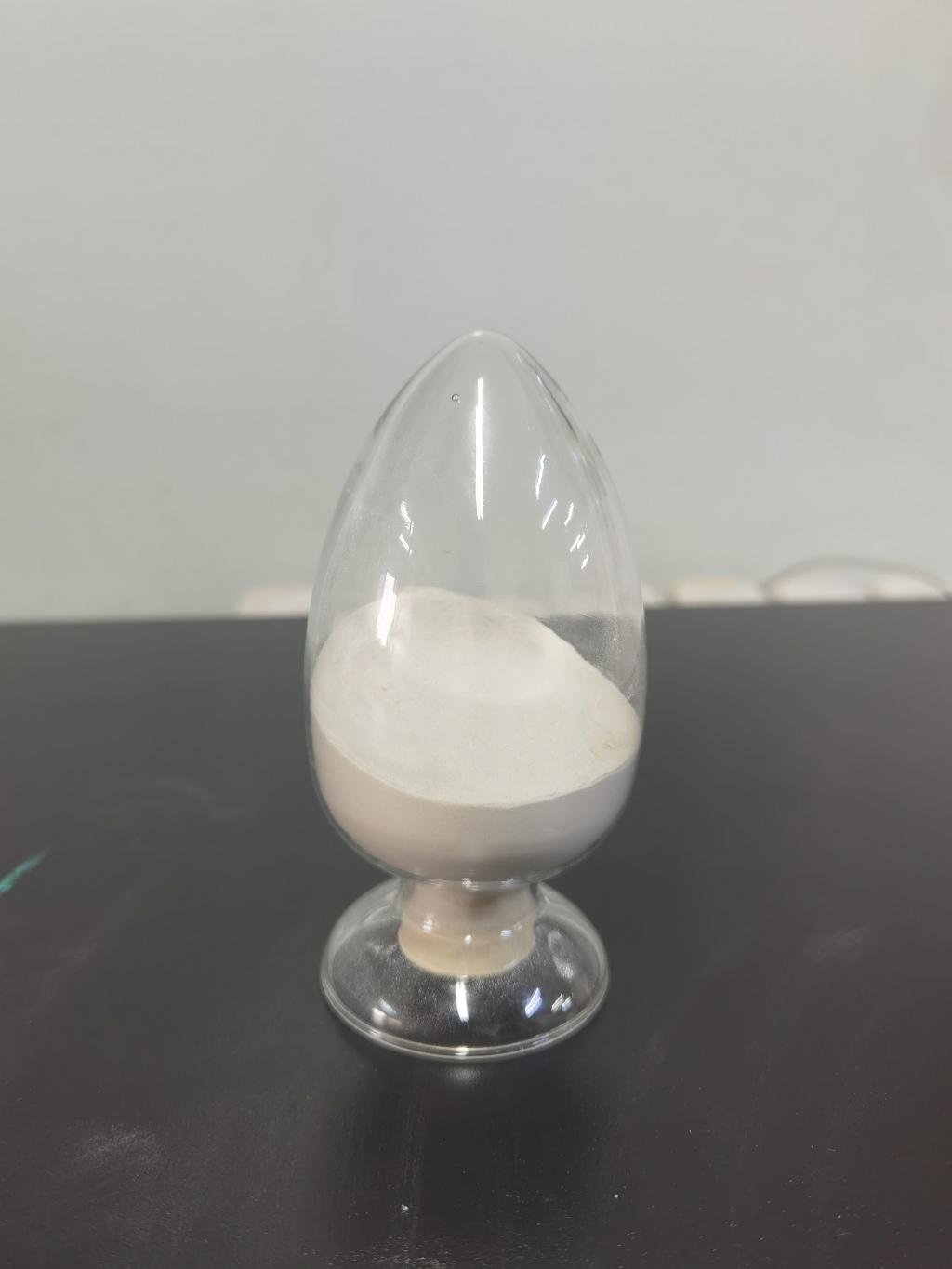Tel:0086 18231198596

News
Current Position:
Home >
News
>Nisin's Impact on Reducing Cross-Contamination in Food Processing Facilities
Nisin's Impact on Reducing Cross-Contamination in Food Processing Facilities
TIME:2024-02-05
Understanding Nisin's Antimicrobial Mechanism:
Nisin, produced by certain strains of Lactococcus lactis, acts as a natural antimicrobial peptide. Its mechanism of action involves disrupting the cell membranes of target bacteria, particularly Gram-positive bacteria. By binding to lipid II, a precursor in bacterial cell wall synthesis, nisin forms pores in the bacterial membrane, leading to cell death. This selective targeting makes nisin effective against pathogenic bacteria while preserving the beneficial microorganisms involved in food fermentation.
Applications of Nisin in Food Processing:
Nisin's versatility extends to a wide range of food products, making it suitable for integration into various processing methods. In liquid products, such as soups and sauces, nisin can be easily incorporated during the cooking or pasteurization process. In solid products, such as cheese and meat, nisin can be added to formulations to inhibit the growth of spoilage and pathogenic bacteria. The controlled application of nisin helps maintain product safety and quality throughout processing.
Targeting Pathogens: A Key Strategy in Cross-Contamination Prevention:
Cross-contamination often involves the transfer of pathogens between surfaces, equipment, and food items. Nisin's ability to target specific pathogens, including common culprits like Listeria and Staphylococcus, makes it a valuable tool in preventing the spread of harmful microorganisms within food processing facilities. By incorporating nisin into processing protocols, facilities can strategically address the risk of contamination at critical points in the production chain.
Nisin as a Surface Sanitizer:
Beyond its application within food products, nisin can also serve as an effective surface sanitizer in food processing facilities. Spraying or applying nisin solutions to processing equipment, conveyor belts, and work surfaces helps reduce the microbial load, minimizing the potential for cross-contamination. Nisin's natural origin and safety profile make it a preferable alternative to synthetic chemical sanitizers.
Shelf-Life Extension and Cross-Contamination Prevention:
Contaminated products not only pose immediate risks but can also compromise the shelf life of surrounding items. Nisin's role in inhibiting spoilage bacteria contributes to the extension of product shelf life. By preventing the growth of bacteria that cause deterioration and off-flavors, nisin indirectly reduces the risk of cross-contamination by ensuring the longevity of neighboring products in the processing environment.
Regulatory Considerations and Compliance:
The use of nisin in food processing is subject to regulatory oversight to ensure its safety and efficacy. Regulatory bodies, such as the Food and Drug Administration (FDA) and the European Food Safety Authority (EFSA), have established guidelines for the use of nisin in food products. Compliance with these regulations is essential for food processing facilities seeking to leverage nisin as a tool in their cross-contamination prevention strategies.
Challenges and Considerations in Nisin Application:
While the use of nisin holds tremendous promise in reducing cross-contamination, challenges exist in its application. These challenges include optimizing formulations for different food matrices, addressing potential resistance development in bacteria, and ensuring consistent efficacy over time. Research and development efforts continue to address these challenges, paving the way for more effective and widespread implementation of nisin in food processing.
Economic and Environmental Impacts:
Beyond its role in food safety, the integration of nisin into cross-contamination prevention strategies can have economic and environmental benefits. Reduced product losses due to contamination and extended shelf life contribute to cost savings for food processing facilities. Additionally, the natural origin of nisin aligns with consumer preferences for clean label ingredients, supporting a more sustainable and environmentally conscious food industry.
Future Directions and Innovations:
The ongoing evolution of food processing technologies and the increasing demand for safer food products present opportunities for further innovations in nisin's application. Collaborative efforts between researchers, food processors, and technology developers can lead to advancements in formulations, delivery systems, and monitoring methods, optimizing the use of nisin in preventing cross-contamination.
Conclusion:
In conclusion, nisin's impact on reducing cross-contamination in food processing facilities is substantial and multifaceted. Its targeted antimicrobial action, applications in various food matrices, and potential as a surface sanitizer position nisin as a valuable tool in ensuring food safety and quality. As the food industry continues to prioritize these aspects, the integration of nisin into cross-contamination prevention strategies represents a promising and sustainable approach to safeguarding the integrity of food products throughout the processing chain.

 CONTACT
CONTACT




